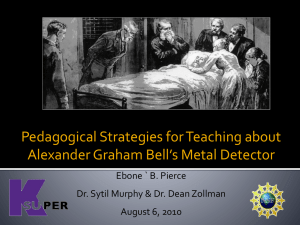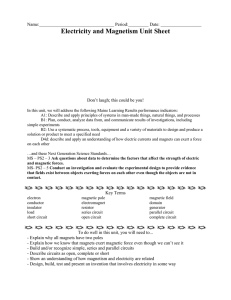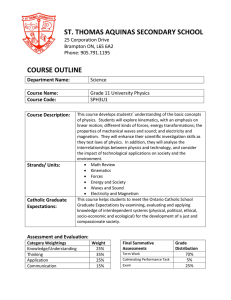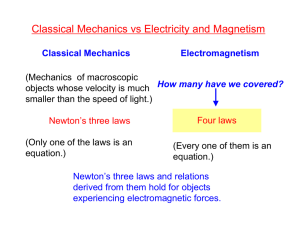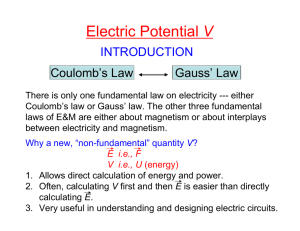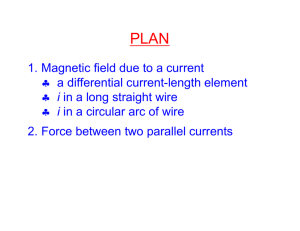Electricity and Magnetism - Brunswick School Department
advertisement
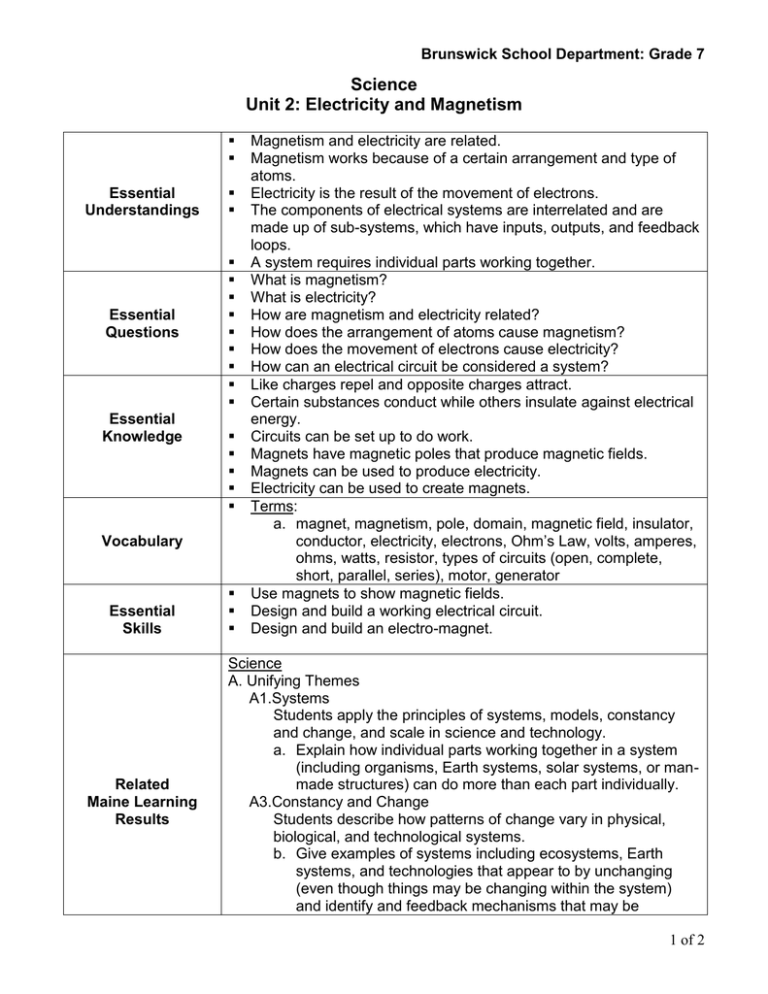
Brunswick School Department: Grade 7 Science Unit 2: Electricity and Magnetism Essential Understandings Essential Questions Essential Knowledge Vocabulary Essential Skills Related Maine Learning Results Magnetism and electricity are related. Magnetism works because of a certain arrangement and type of atoms. Electricity is the result of the movement of electrons. The components of electrical systems are interrelated and are made up of sub-systems, which have inputs, outputs, and feedback loops. A system requires individual parts working together. What is magnetism? What is electricity? How are magnetism and electricity related? How does the arrangement of atoms cause magnetism? How does the movement of electrons cause electricity? How can an electrical circuit be considered a system? Like charges repel and opposite charges attract. Certain substances conduct while others insulate against electrical energy. Circuits can be set up to do work. Magnets have magnetic poles that produce magnetic fields. Magnets can be used to produce electricity. Electricity can be used to create magnets. Terms: a. magnet, magnetism, pole, domain, magnetic field, insulator, conductor, electricity, electrons, Ohm’s Law, volts, amperes, ohms, watts, resistor, types of circuits (open, complete, short, parallel, series), motor, generator Use magnets to show magnetic fields. Design and build a working electrical circuit. Design and build an electro-magnet. Science A. Unifying Themes A1.Systems Students apply the principles of systems, models, constancy and change, and scale in science and technology. a. Explain how individual parts working together in a system (including organisms, Earth systems, solar systems, or manmade structures) can do more than each part individually. A3.Constancy and Change Students describe how patterns of change vary in physical, biological, and technological systems. b. Give examples of systems including ecosystems, Earth systems, and technologies that appear to by unchanging (even though things may be changing within the system) and identify and feedback mechanisms that may be 1 of 2 Brunswick School Department: Grade 7 Science Unit 2: Electricity and Magnetism modifying the changes. 2 of 2 Brunswick School Department: Grade 7 Science Unit 2: Electricity and Magnetism Related Maine Learning Results Sample Lessons And Activities Sample Classroom Assessment Methods D. The Physical Setting D4.Force and Motion Students describe the force of gravity, the motion of objects, the properties of waves, and the wavelike property of energy in light waves. d. Describe and apply an understanding of how electric currents and magnets can exert force on each other. E. The Living Environment E2.Ecosystems d. Students examine how the characteristics of the physical, nonliving (abiotic) environment, the types and behaviors of living (biotic) organisms, and the flow of matter and energy affect organisms and the ecosystem of which they are part. Design and build electric circuits using batteries, clip leads, bulbs, sockets, buzzers, switches, etc. Use compasses and other materials to produce and visualize a magnetic field. Design, build, and test an electro-magnet. Sample Resources Demonstrate the ability to build a complete circuit. Following a protocol, demonstrate the ability to improve the design of an electro-magnet. Publications: o Discover: Electricity Files o Pamphlets created by Project Re-Seed volunteers o http://ippex.pppl.gov/interactive/electricity/intro.html o http://www.nvenergy.com/kids_safety/electric/index.html o http://education.jlab.org/reading/magnets.html 3 of 2

